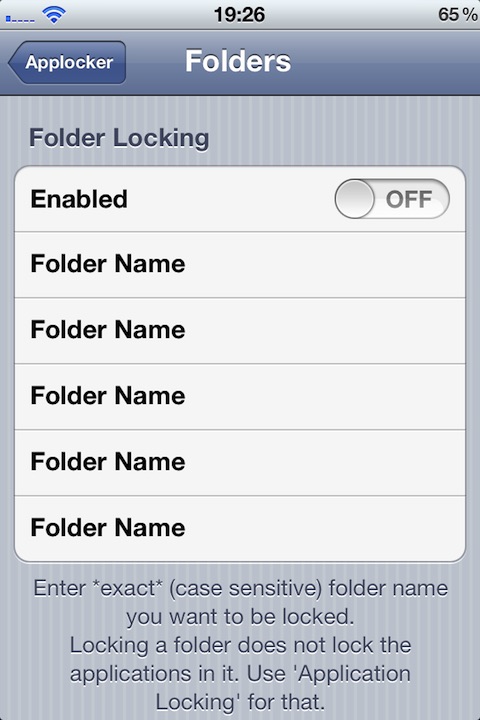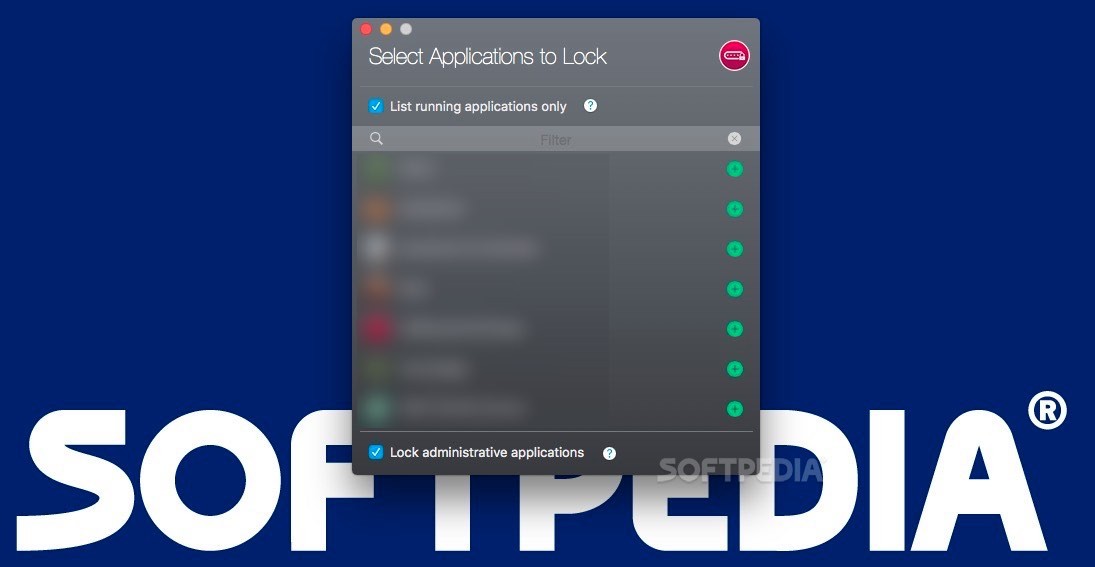
APPLOCKER LICENSE
APPLOCKER SOFTWARE
The potential that unwanted software can be introduced in your environment is high, so you need to reduce this threat.An app is no longer supported by your organization, so you need to prevent it from being used by everyone.Your organization's security policy dictates the use of only licensed software, so you need to prevent users from running unlicensed software and also restrict the use of licensed software to authorized users.The following are examples of scenarios in which AppLocker can be used:
APPLOCKER INSTALL
Because AppLocker can control DLLs, it's also useful to control who can install and run ActiveX controls.ĪppLocker is ideal for organizations that currently use Group Policy to manage their PCs. AppLocker creates an allowed list of approved files and apps to help prevent such per-user apps from running. This privilege could jeopardize an organization's written security policy and circumvent traditional app control solutions that rely on the inability of users to install apps. Software publishers are beginning to create more apps that can be installed by non-administrative users. AppLocker can help mitigate these types of security breaches by restricting the files that users or groups are allowed to run. As a result, sensitive information could easily be deleted or transmitted out of the organization if a user knowingly or unknowingly runs malicious software. However, when a user runs a process, that process has the same level of access to data that the user has.

Access control technologies, such as Active Directory Rights Management Services (AD RMS) and access control lists (ACLs), help control what users are allowed to access. In many organizations, information is the most valuable asset, and ensuring that only approved users have access to that information is imperative.
APPLOCKER WINDOWS
Importing and exporting policies, automatic generation of rules from multiple files, audit-only mode deployment, and Windows PowerShell cmdlets are a few of the improvements over Software Restriction Policies. Manageability improvement: AppLocker includes many improvements in manageability as compared to its predecessor Software Restriction Policies.This configuration permits a more uniform app deployment. Software standardization: AppLocker policies can be configured to allow only supported or approved apps to run on computers within a business group.Licensing conformance: AppLocker can help you create rules that preclude unlicensed software from running and restrict licensed software to authorized users.

When AppLocker rules are enforced in the production environment, any apps that aren't included in the allowed rules are blocked from running.

For example, you can create a rule that allows all users to run all Windows binaries, except the Registry Editor (regedit.exe).



 0 kommentar(er)
0 kommentar(er)
